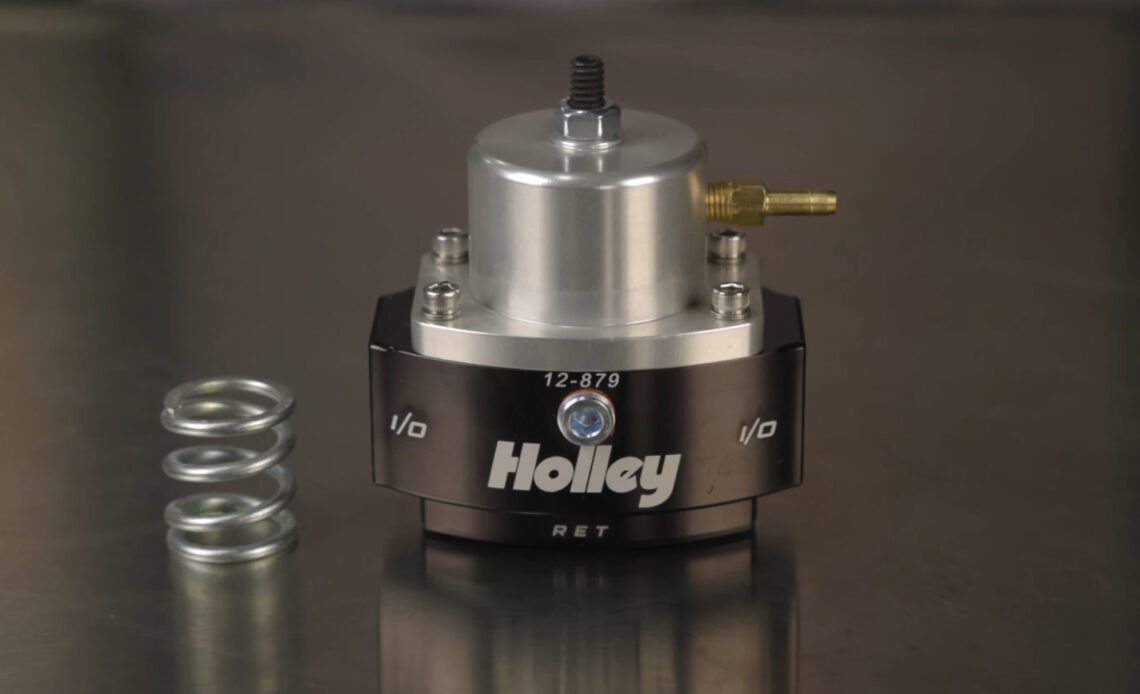A vehicle’s fuel system is designed around whether an engine will use a carburetor or fuel injection to introduce fuel and air into the engine. Typically, you’d run a fuel system that’s set up specifically for EFI or a carburetor, but there are some advantages to running an EFI fuel pump on a carbureted engine.
From a performance standpoint, a high-pressure fuel pump that would be used in an EFI fuel system is going to give you consistent fuel pressure when used with a carburetor. Since the fuel system will be a return-style, it won’t be put under any additional pressure like a deadhead system would be in a carbureted application. You will also be able to use an EFI-style fuel pressure regulator — this opens the door to an easy transition to EFI in the future if you want to ditch the carburetor.
If you decide to use an EFI fuel pump with your carbureted engine, you’ll have the ability to use either an external fuel pump or an in-tank style fuel pump. The external pump will make it easier to replace or upgrade your fuel pump in the future. If you don’t want your fuel pump exposed to the elements, an in-tank fuel pump is the best choice, and it will provide improved cooling for your fuel pump.
The final piece of the fuel system puzzle for this application is the fuel pressure regulator. You’ll need to run a return-style fuel pressure regulator and plumb the fuel system to use an EFI fuel pump. The regulator will need to have the correct low-pressure spring installed so it can be used with the carburetor.
If you’re interested in building this type of fuel system, you’ll want to watch this video from Holley. Host Ray Frescas goes over the parts you’ll need and why they will work with this type of fuel system.
Click Here to Read the Full Original Article at DragzineDragzine…

